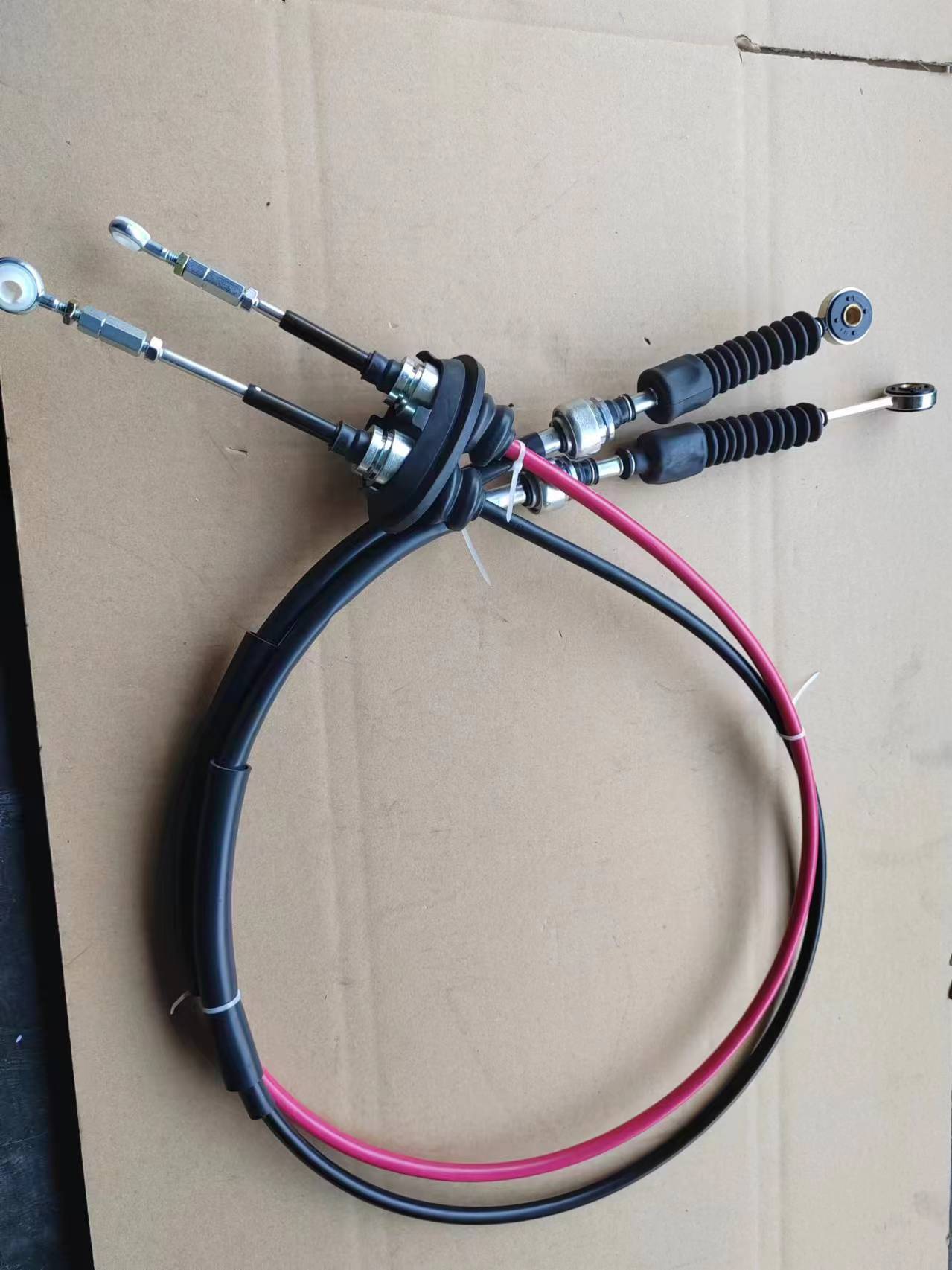shift cable linkage
Understanding Shift Cable Linkage A Critical Component of Vehicle Performance
The automotive industry is characterized by its reliance on intricate systems that work harmoniously to ensure optimal performance and safety. Among these systems, the shift cable linkage plays a crucial role in facilitating smooth gear transitions in vehicles. This article delves into the functionality, importance, and maintenance of shift cable linkage, shedding light on why it deserves more attention from both manufacturers and vehicle owners.
At its core, the shift cable linkage is a flexible connection that transmits the driver’s input from the gear shifter to the transmission. It serves as the bridge between the vehicle's gear shifter, typically located on the center console or steering column, and the transmission itself, which regulates power and speed. When a driver moves the gear shifter, they activate the linkage, which in turn dictates the movement within the transmission to engage the appropriate gear. This mechanical interaction is essential for the effective operation of both manual and automatic transmissions, underscoring the integral role of shift cable linkages in modern automotive design.
One of the primary advantages of using a cable linkage system is its flexibility. Unlike rigid rods or mechanical linkages, flexible cables can accommodate various vehicle layouts and configurations. This flexibility allows manufacturers to design vehicles with more creative freedom while ensuring that performance is not compromised. Furthermore, shift cable linkages are often lightweight, contributing to the reduction of overall vehicle weight—a factor that plays a significant role in fuel efficiency and performance.
shift cable linkage

However, like any mechanical component, shift cable linkages are not without their challenges. Over time, these cables can experience wear and tear due to heat, vibration, and exposure to harsh environmental conditions. Symptoms of a failing shift cable linkage may include difficulty shifting gears, unusual noises during gear changes, or the gear shifter feeling loose or disconnected. In such cases, it is essential to address the issue promptly, as neglecting these symptoms can lead to more severe transmission problems down the line.
Regular maintenance and inspection of shift cable linkages can significantly extend their lifespan and enhance vehicle performance. Car owners should be vigilant in checking for signs of fraying, corrosion, or excessive slack in the cables. Routine checks by a qualified mechanic can help identify potential issues before they escalate, ensuring a safe and enjoyable driving experience.
In conclusion, the shift cable linkage is a fundamental yet often overlooked component of automotive engineering. Its ability to facilitate smooth and reliable gear transitions emphasizes its importance in vehicle performance and safety. As vehicles continue to advance with new technologies and designs, understanding the role of shift cable linkages will be essential for manufacturers, mechanics, and vehicle owners alike. By prioritizing maintenance and awareness of this critical system, drivers can ensure that they enjoy a seamless and responsive driving experience for years to come.
-
Upgrade Your Control with Premium Throttle CablesNewsAug.08,2025
-
Stay in Control with Premium Hand Brake CablesNewsAug.08,2025
-
Experience Unmatched Performance with Our Clutch HosesNewsAug.08,2025
-
Ensure Safety and Reliability with Premium Handbrake CablesNewsAug.08,2025
-
Enhance Your Vehicle with High-Performance Clutch LinesNewsAug.08,2025
-
Elevate Your Ride with Premium Gear CablesNewsAug.08,2025
